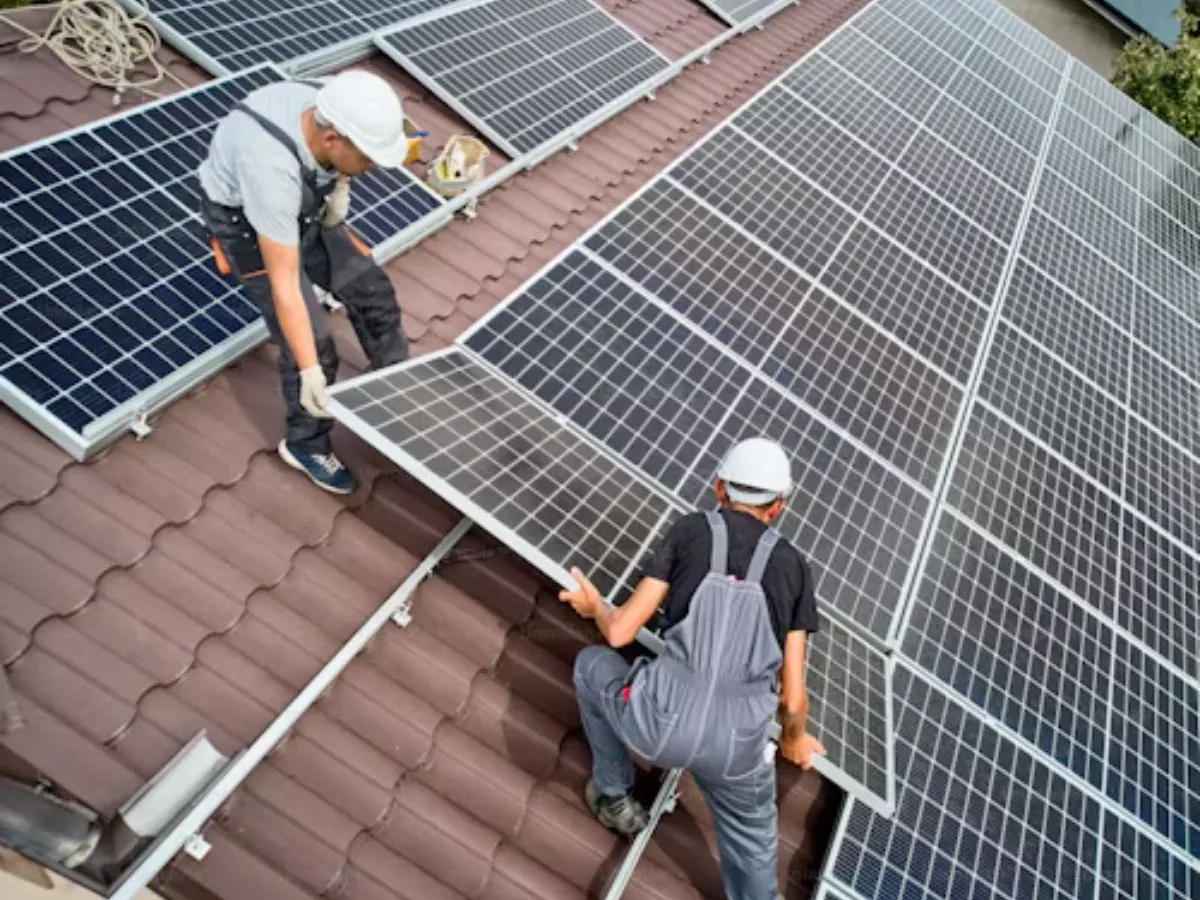The Solar Panel TEAS Test passage has gained significant popularity among TEAS test-takers due to its unique and informative content. This particular passage explores the historical journey of solar panels at the White House. Providing insights into the decisions made by different U.S. presidents regarding the installation and removal of solar panels over the years. The inclusion of such a passage in the TEAS test not only assesses reading comprehension skills but also emphasizes the importance of understanding the historical context of renewable energy in the United States.
What is TEAS Test?
The TEAS test, or Test of Essential Academic Skills, is an exam designed to assess the academic readiness of individuals applying to nursing school or allied health programs. The test is often a requirement for admission into nursing programs in the United States.
What is Solar Panel Teas Passage?
The TEAS (Test of Essential Academic Skills) exam frequently includes a reading comprehension passage known as the Solar Panel TEAS Passage. This passage delves into the historical context of solar panels at the White House, beginning with the installation of 32 solar panels by President Jimmy Carter in 1979. It further explores President Ronald Reagan’s choice to remove the panels in 1981 and President Barack Obama’s subsequent decision to reinstall them in 2010. The passage provides insights into the evolving presence of solar panels in the White House over the years.
Read Also: Education Loves All Tech: A Blueprint for Modern Learning
History of Solar Panel Teas Passage in Teas Test:
The history of solar panels on the White House is marked by notable events and decisions made by different U.S. presidents. The journey began in 1979 when President Jimmy Carter installed 32 solar panels on the roof of the White House. This initiative was part of Carter’s efforts to promote renewable energy and reduce the nation’s dependence on fossil fuels.
However, in 1981, President Ronald Reagan decided to have the solar panels removed during a roof renovation. At the time, observers viewed this move as a shift in energy policy priorities. The panels were stored and remained unused for many years.
It wasn’t until 2010 that solar panels made a comeback to the White House. President Barack Obama, as part of his commitment to environmental sustainability, had solar panels installed on the roof. This move reflected a renewed emphasis on clean energy and the recognition of solar power as a viable and important source of electricity. The history of solar panels on the White House serves as a symbolic representation of the changing attitudes towards renewable energy in the United States.
How Solar Panel Works:
Solar panels operate through the complex yet fascinating process of converting sunlight into electricity, known as the photovoltaic effect. Here’s a detailed breakdown of how solar panels function:
- Photovoltaic Cells: Individual units, typically composed of silicon, a semiconductor material, constitute solar panels. These units are called photovoltaic cells or solar cells.
- Absorption of Sunlight: When sunlight, which consists of tiny particles called photons, strikes the surface of the solar panel. It interacts with the semiconductor material in the photovoltaic cells. The energy from the photons is absorbed by the electrons in the silicon atoms, causing them to become energized.
- Creation of Electron-Hole Pairs: The absorbed energy liberates electrons from their usual positions in the atoms, creating electron-hole pairs. The movement of these energized electrons generates an electric current.
- Electric Field Formation: Within the photovoltaic cell, there is an electric field created by the junction between different layers of semiconductor materials. This electric field acts as a force that drives the separated electrons and holes toward different sides of the cell.
- Generation of Direct Current (DC): The movement of electrons creates a flow of electric current. But this current is in the form of direct current (DC). DC is a unidirectional flow of electric charge. However, most of our household appliances and the power grid operate on alternating current (AC).
- Utility or Storage: The converted AC electricity can be used to power electrical appliances and devices in homes or businesses. Excess electricity generated during periods of high sunlight can be fed back into the utility grid. Earning credits or compensation, depending on local regulations.
Environmental Benefits of Solar Panels:
- Reduced Carbon Footprint: Relying on solar energy significantly reduces the carbon footprint associated with tea cultivation. This shift towards renewable energy aligns with global efforts to combat climate change.
- Biodiversity Conservation: The aim of installing solar panels is to minimize the ecological impact and preserve the biodiversity of the tea plantation. The coexistence of solar panels and tea plants contributes to a more sustainable agricultural ecosystem.
- Water Conservation: Solar-powered irrigation systems, a common application of Solar Panel Teas Passage, promote efficient water usage. This is particularly crucial in regions facing water scarcity, where traditional irrigation methods may be unsustainable.
Conclusion:
In conclusion, the Solar Panel Teas Passage gives insights into the historical journey of solar panels and their potential applications in agriculture. Embracing such innovative solutions is crucial for a cleaner and greener tomorrow in the world’s quest for a sustainable future.

